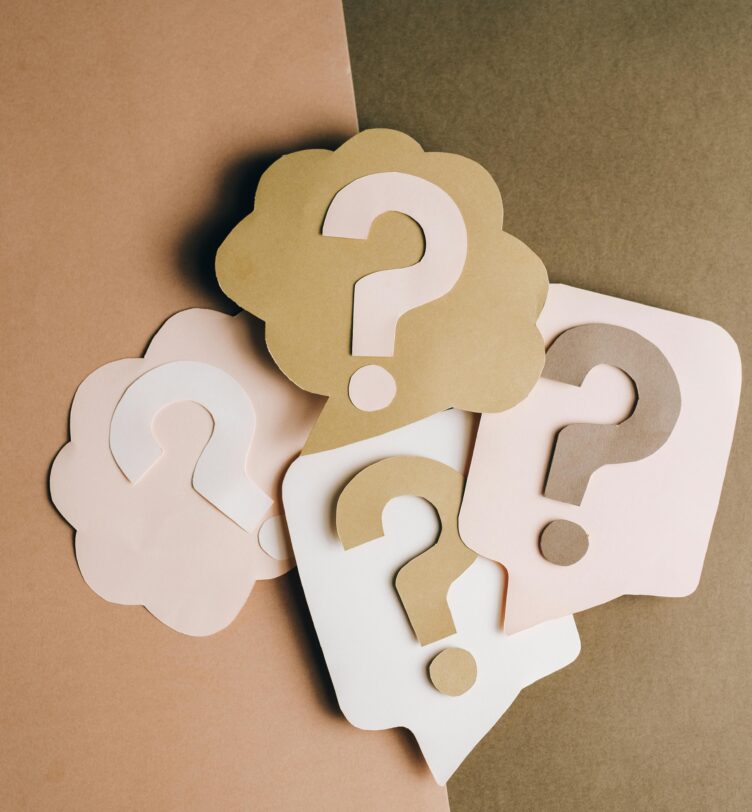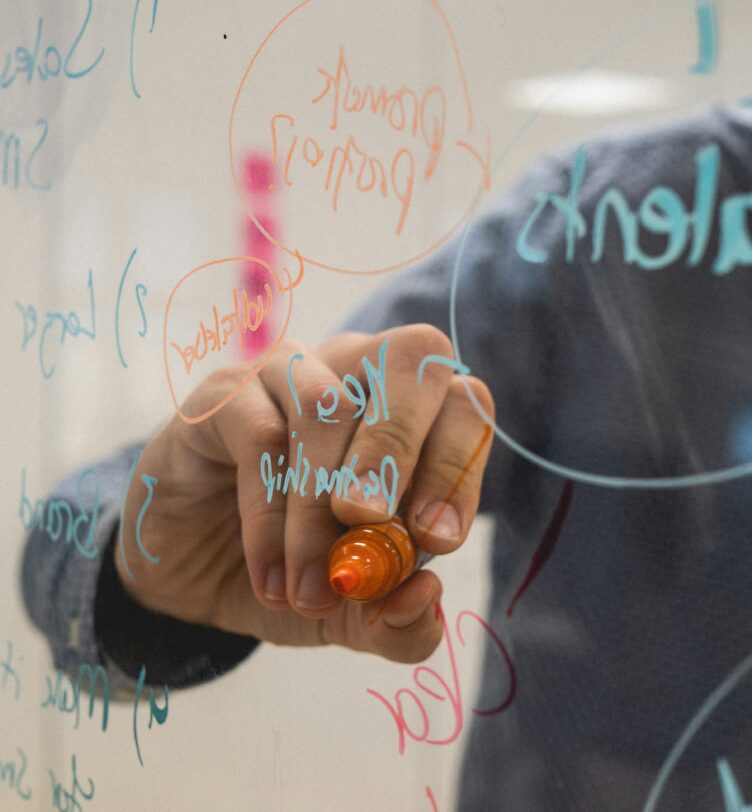Blog
NEN 9120: the new standard for the accessibility of buildings
Accessibility. It’s a word we hear more and more these days – and rightfully so! Everyone deserves to feel welcome and safe in a building, whether it’s an office, shopping centre, or hospital. Yet, for over two million people in the Netherlands with disabilities, this is not always a given. Research shows that 35% of people with disabilities prefer to stay home if they are unsure about a location’s accessibility. And accessibility is about more than just wide doors and lifts—it requires a comprehensive approach that prioritises inclusion, ease of use, and safety. With the new NEN 9120 standard, we can make a difference.
With nearly 30 years of experience in brand implementation and wayfinding, we’ve helped countless organisations establish clear signage and reinforce their brand identity. In this blog, we’ll explain what the NEN 9120 standard entails, its implications for wayfinding, and how we can support you in meeting these new guidelines.
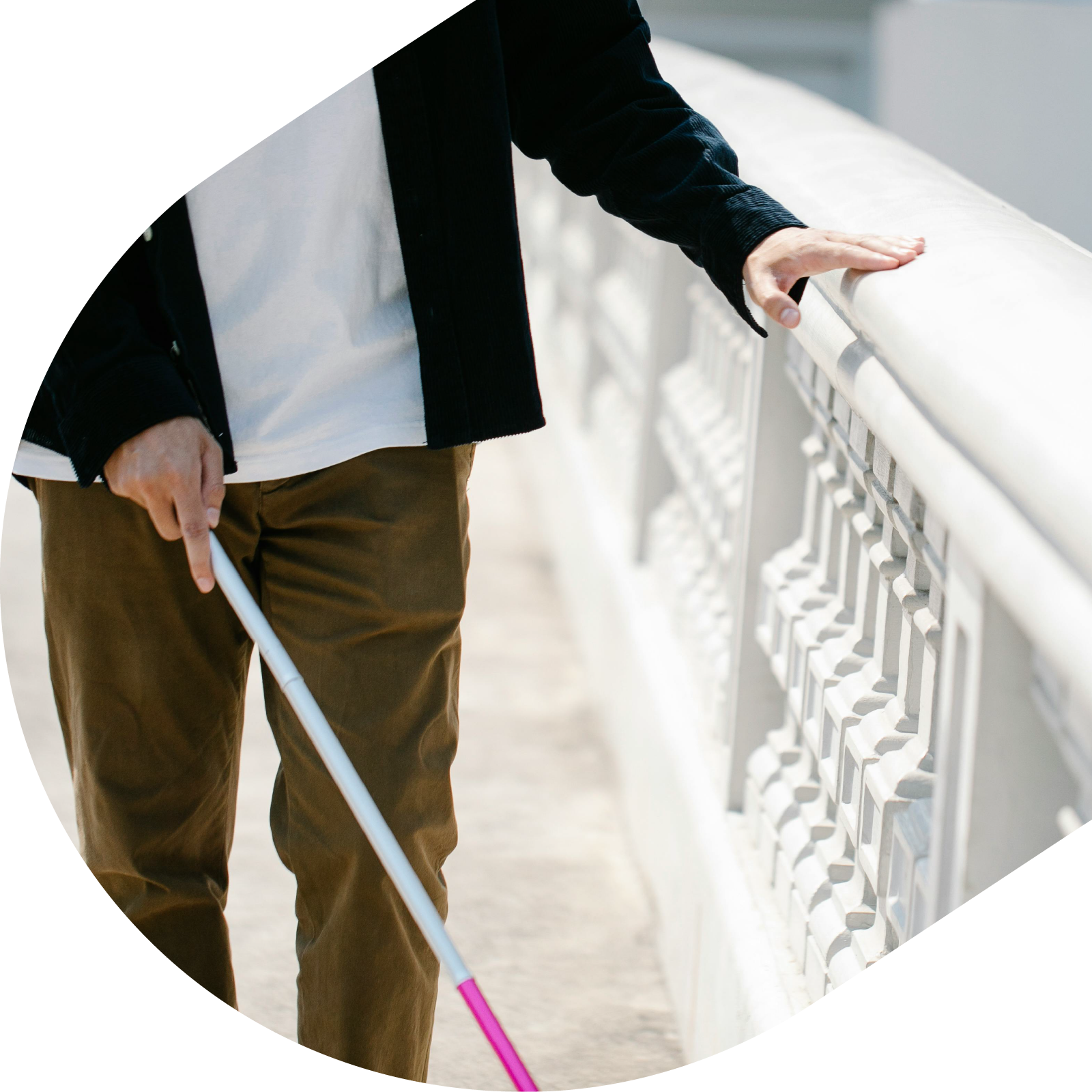
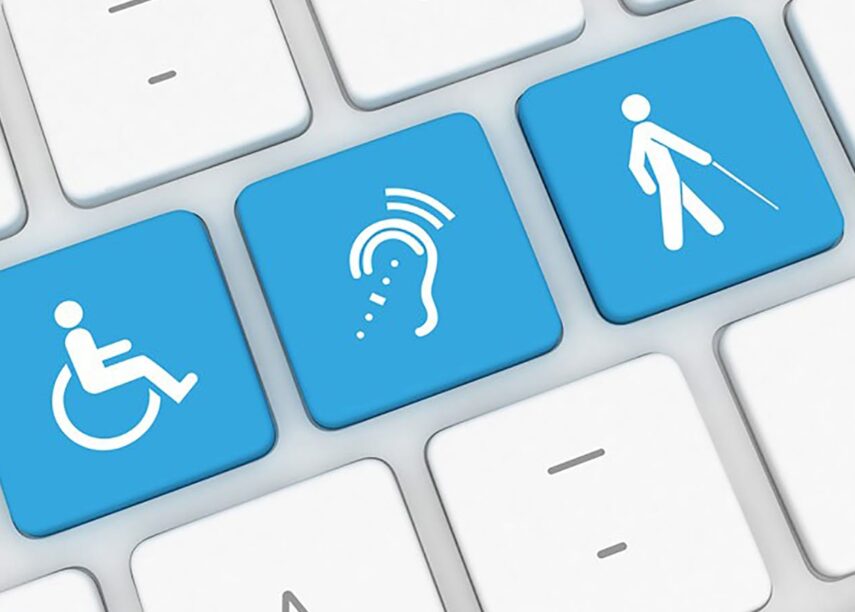
What is NEN 9120 and why is it important?
- Wayfinding and route design: Clear, intuitive, and tailored to diverse users
- Vertical and horizontal circulation: Lifts, staircases, and obstacle-free corridors
- Sanitary facilities: Accessible toilets and showers
- Interfaces and controls: User-friendly and intuitively designed
- Emergency exits and safety provisions
Strategy determination
Accessibility is more than wide doors and lifts
When you think of accessibility, wide doors, lifts, or adapted toilets might come to mind. While important, they’re just part of the story. Accessibility encompasses the entire user experience – from the moment someone approaches a building to the moment they leave.
For example:
- A visually impaired visitor: how do they locate the entrance, reception, or toilets? Are there tactile signs, raised markings, or contrasting colours to guide them?
- A wheelchair user: are there obstacle-free routes and easily accessible lifts?
Real-world examples
Real-world examples underline these challenges. As Otwin van Dijk, a member of the NEN 9120 standards committee, aptly puts it: “I feel more limited by the obstacles my environment imposes on me than by the fact that I’m in a wheelchair.” Similarly, Tjarda Struik, mayor of Leiderdorp and an advocate for accessibility, shares her struggles: “I approach a door and get my nose right up to a sign, hoping I can identify whether it’s for men or women. Often, I just can’t tell.” Such experiences highlight the need for solutions beyond basic adjustments.
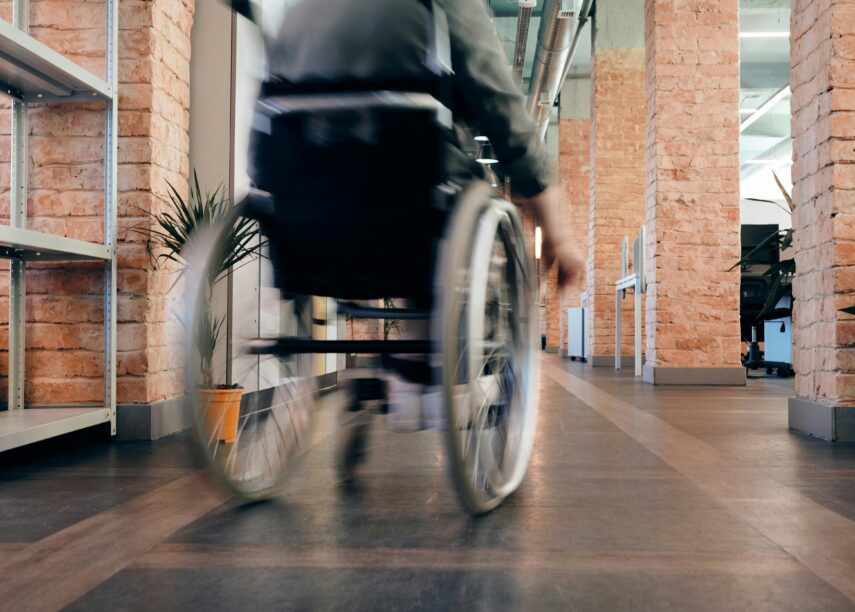
How we can help
One of the cornerstones of accessibility is effective wayfinding. Good signage can make the difference between feeling lost and feeling welcome. It should be functional, intuitive, stylish, and designed with different users in mind – including those with disabilities.
At RGN, we’re not just suppliers of signage – we’re your partner in creating accessible environments. With nearly 30 years of experience, we specialise in solutions that improve accessibility while seamlessly integrating with your brand identity. From concept to execution, we ensure your spaces are intuitive and inclusive.
Here’s why organisations choose us:
- Experience: We’ve delivered hundreds of projects, from hospitals to offices and shopping centres.
- Customisation: We design solutions tailored to your building and brand identity.
- Standards expertise: We’re well-versed in NEN 9120 and other relevant regulations.
- Practical solutions: We translate complex guidelines into clear, actionable results.
Accessibility: an investment in the future
The new NEN 9120 standard requires a fresh perspective on accessibility—not as an optional feature, but as an integral design principle. At RGN, we’re here to help you take this step. From wayfinding to interior branding, we make your building future-proof, inclusive, and ready before you are.
Do you have questions about what NEN 9120 means for your organisation? Or curious about how we can help you implement accessible wayfinding? Get in touch with us today, and together, we’ll make your building accessible to everyone!




